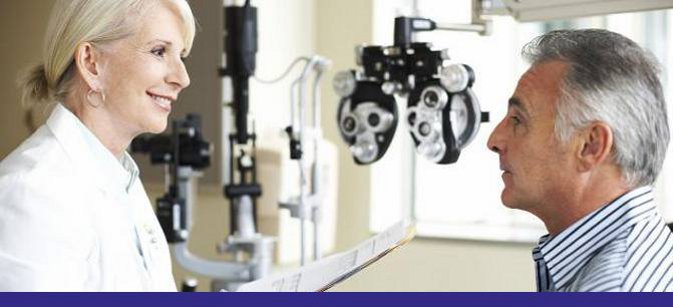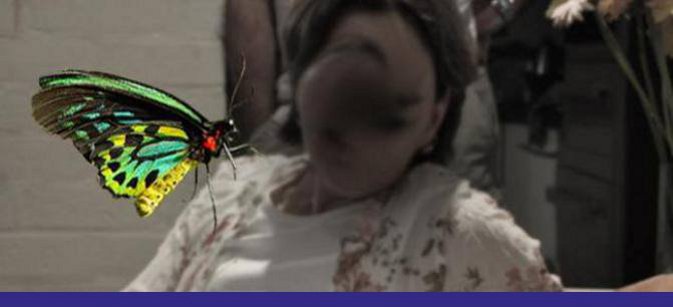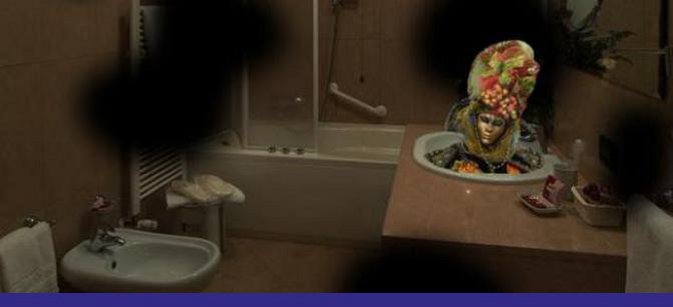An electrophysiological approach
Studies over the past twenty years have shown that people living with CBS have specific cells within the visual region of the brain that are overactive. It is believed that this overactivity is what leads to the generation of phantom images. One of the challenges has been to find ways to lower this firing of cells within the visual brain.
Transcranial direct current stimulation (tDCS) is a new electrophysiological approach, which attempts to alter brain activity in specific areas of the brain. For CBS, this technique involves introducing a gentle, low-voltage electrical current through two electrodes strategically placed on the scalp. The intention of tDCS is that the weak electrical current can counterbalance the overactivity in the visual region of the brain and thereby limit the possibility of phantom images occurring.
PhD researcher, Katrina da Silva Morgan at the Institute of Neuroscience, Newcastle University (UK) in association with King's College in London undertook a pilot study to test tDCS on CBS for the first time. All the individuals in the study were experiencing CBS throughout their waking days. From their small sample, it was found that 66% of the participants noted an improvement in their situation in two ways. First, they reported a reduction in the 'size, movement and intensity' of their phantom visions. Second, it was felt that more of their remaining vision was available to them.
These initial findings are promising but will require testing on much larger numbers of people in the future. No adverse side effects seemed to occur in any of the participants of the study, which is a further bonus as current prescribed medications for CBS often come with this risk.









